Disclosure: This article contains affiliate links. We may earn a commission from purchases at no extra cost to you, which helps our travel content.
Standing at the edge of the Black Warrior River, watching the autumn leaves dance across Tuscaloosa's historic streets, I couldn't help but feel the weight of history in this Alabama city. As someone who grew up between two cultures in Japan, I've always been drawn to places where identity and struggle intertwine. Tuscaloosa may not be as prominently featured in Civil Rights narratives as Birmingham or Selma, but its landmarks tell equally powerful stories of courage, resistance, and the long march toward equality. Join me for a weekend journey through ten landmarks that shaped not just a movement, but America itself.
Foster Auditorium: Where Courage Faced Segregation
The morning sun casts long shadows across the plaza as I approach Foster Auditorium, where in 1963, Governor George Wallace made his infamous 'Stand in the Schoolhouse Door' attempting to block two Black students—Vivian Malone and James Hood—from enrolling at the University of Alabama. Today, the Malone-Hood Plaza and the Autherine Lucy Clock Tower stand as monuments to those who broke barriers.
Walking the grounds, I'm struck by how ordinary this place looks for something so extraordinary in American history. The historical markers provide context, but to truly appreciate what happened here, I recommend downloading the Civil Rights Trail audio guide to your phone before visiting. The narration brings to life the tension of that day when federal marshals ensured the students' enrollment despite Wallace's theatrical opposition.
As I sit on a bench reflecting, a university tour group passes by. The guide explains how Autherine Lucy actually preceded Malone and Hood as the first Black student admitted in 1956, only to be expelled after three days due to riots and threats. Her courage deserves equal recognition, and finally received it when the university renamed the clock tower in her honor.

💡 Pro Tips
- Visit early morning or late afternoon to avoid crowds and for better photography lighting
- The auditorium interior is sometimes open for tours - check with the university visitor center
- Combine with a general campus tour to understand the university's evolution since desegregation
First African Baptist Church: The Spiritual Heart of Resistance
Just a short walk from downtown, the First African Baptist Church stands as a testament to faith and resilience. Built in 1907, this brick sanctuary became the staging ground for many Civil Rights demonstrations in Tuscaloosa. What strikes me most is how churches like this one served dual purposes—spiritual centers and strategic headquarters for organizing resistance.
On my visit, I was fortunate to meet Mr. Harrison, a church elder who graciously shared stories of mass meetings held here in the early 1960s. Local college students and community members would gather to plan demonstrations, learn non-violent protest techniques, and find courage through solidarity. The church's basement still contains original furnishings from that era.
I've visited similar sites across Southeast Asia where temples became centers of resistance movements, and the pattern feels familiar—sacred spaces becoming shelters for social change. To properly document these powerful places, I've been using my pocket audio recorder to capture conversations with locals who remember these events. Their firsthand accounts add dimensions no guidebook can provide.
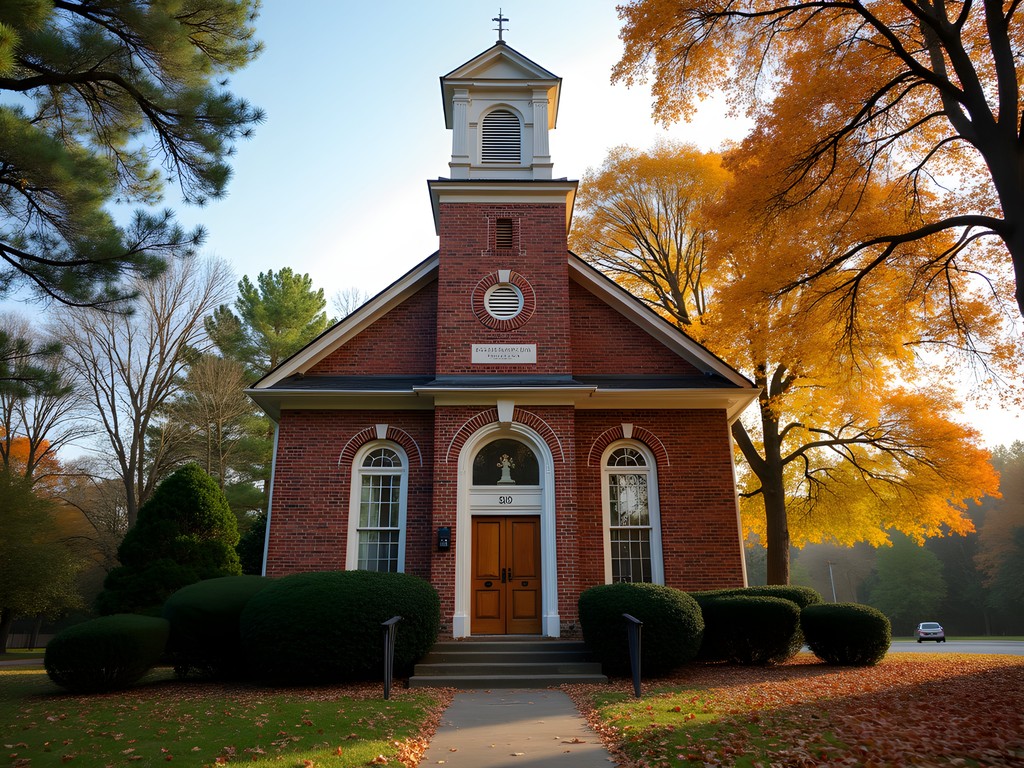
💡 Pro Tips
- Call ahead to arrange a guided tour with a church member
- Sunday services are open to respectful visitors if you want to experience the church's living legacy
- Visit the small but informative exhibition of photographs in the church vestibule
The Old Tuscaloosa Jail & 'Bloody Tuesday'
Few tourists venture to the site of the old Tuscaloosa County Jail, but it's here that one of the city's most violent Civil Rights confrontations occurred. On June 9, 1964—now remembered as 'Bloody Tuesday'—peaceful marchers heading to the courthouse to protest segregated drinking fountains and restrooms were met with brutal force by police wielding clubs and tear gas.
Today, only a historical marker indicates what happened here, standing in contrast to the modern buildings that have replaced the jail. I found myself pulling out my waterproof notebook to jot down my thoughts as rain began to fall—somehow appropriate for such a somber site. The notebook's pages don't warp in the rain, making it perfect for unpredictable weather during historical explorations.
What's particularly striking about Bloody Tuesday is how relatively unknown it remains outside of Tuscaloosa, despite occurring just one year after the more famous 'Bloody Sunday' in Selma. Over 30 marchers were hospitalized and 94 were arrested, yet their story has been largely overshadowed in national Civil Rights narratives. Standing here reminds me why preserving these lesser-known sites matters—each tells a crucial piece of the larger story.
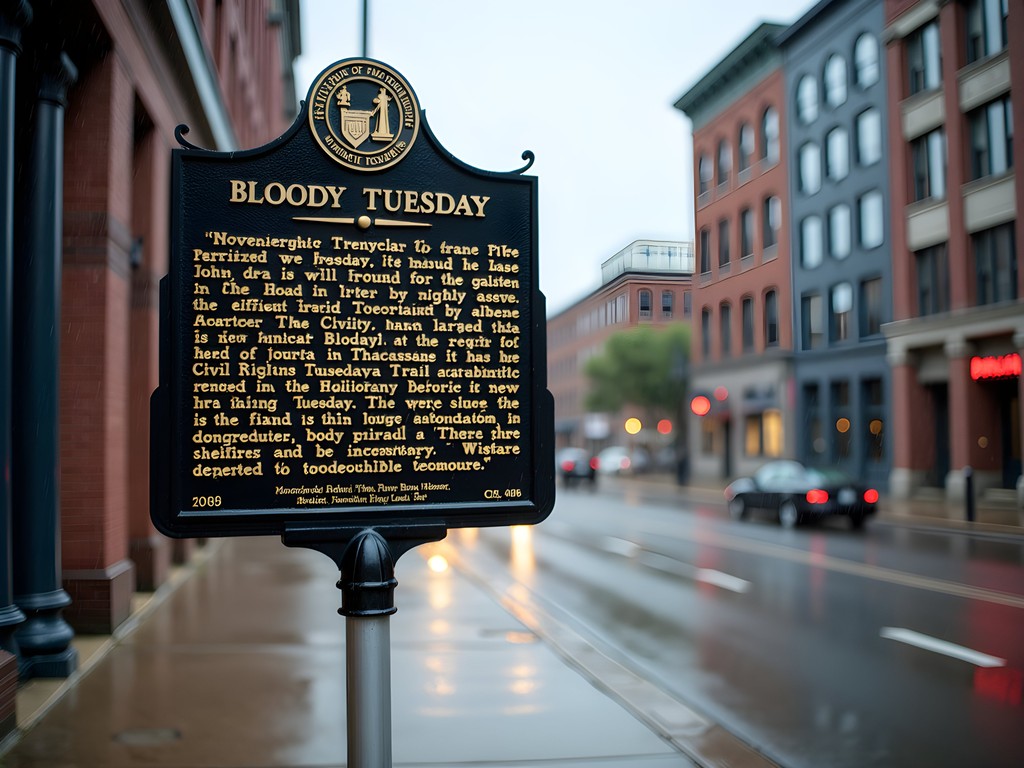
💡 Pro Tips
- Visit the Tuscaloosa Civil Rights History Trail marker at the site for detailed information
- The Tuscaloosa County Preservation Society occasionally offers guided walks that include this site
- Combine with a visit to the current courthouse to understand the geography of the protest route
Dinah Washington Cultural Arts Center & African American Heritage
Named for Tuscaloosa native and jazz legend Dinah Washington, this beautifully restored 1920s building now serves as both an arts center and a celebration of African American cultural contributions. The transformation of this former department store into a vibrant cultural space mirrors the city's own evolution.
The center regularly features exhibitions on Civil Rights history alongside contemporary African American art. During my visit, a powerful photography exhibition documented local protests from the 1960s through to modern Black Lives Matter demonstrations, drawing visual connections across generations of activism.
What makes this stop special is how it balances historical acknowledgment with living culture. After absorbing the more somber historical sites, this space offers a celebration of resilience and artistic achievement. The center also houses a small but excellent gift shop where I found a local history book with rare photographs of Tuscaloosa's Civil Rights era that provided valuable context for the rest of my explorations.
I spent nearly two hours here, partly because I struck up a conversation with Ms. Wilkins, a volunteer docent whose grandfather owned a business on 'Black Wall Street'—Tuscaloosa's historic African American business district that was largely demolished during urban renewal projects of the 1960s. These personal connections bring history to life in ways no plaque can accomplish.
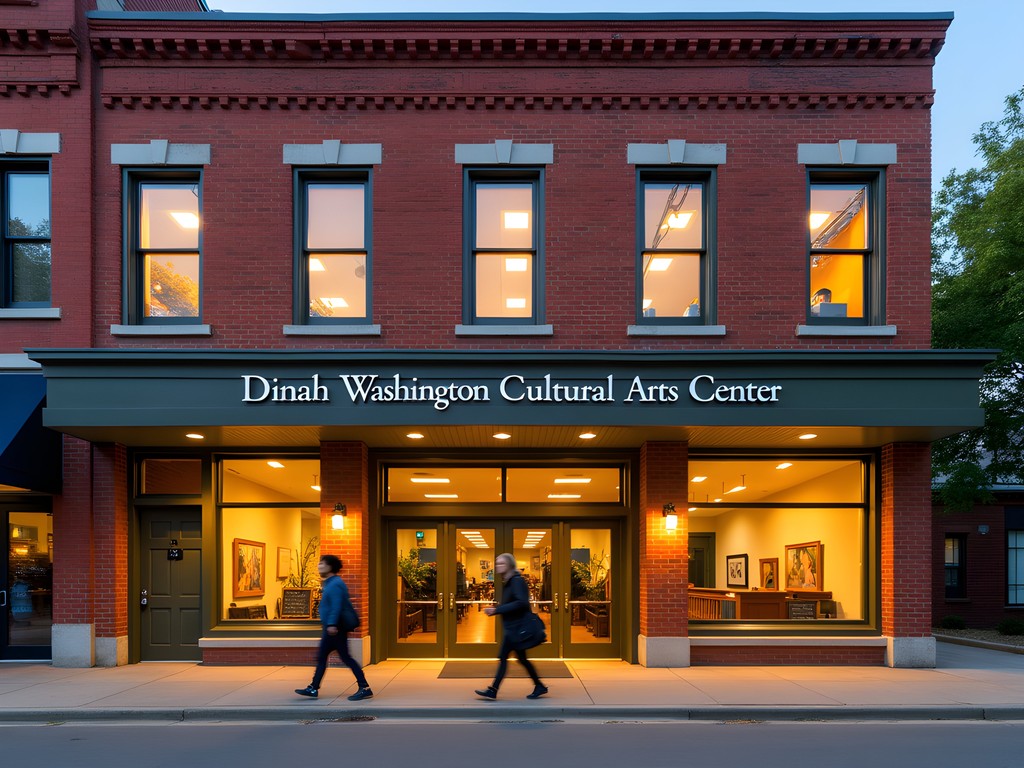
💡 Pro Tips
- Check their website for current exhibitions and events before visiting
- Thursday evenings often feature free cultural performances
- Ask about the walking tour brochures they offer for self-guided exploration of Black heritage sites nearby
Murphy African-American Museum & Hidden Histories
Housed in a 1923 craftsman bungalow, the Murphy African-American Museum might be modest in size but contains treasures that tell the story of Black life in Tuscaloosa beyond the headline-making moments of the Civil Rights era. This was one of my favorite discoveries—the kind of intimate, community-run museum that reveals stories commercial tours often miss.
The home belonged to Will J. Murphy, a successful Black businessman during segregation, and has been preserved with much of its original furnishings. What makes this museum special is how it documents everyday resilience—photographs of Black-owned businesses, school memorabilia from segregated education, and household items that illustrate daily life.
I was particularly moved by the collection of handwritten church programs and community newsletters that organized everything from protest actions to baseball leagues. To document these delicate paper artifacts in the museum's dim lighting (necessary for preservation), I used my portable photo light which provides gentle, archive-safe illumination for photography without flash.
The volunteer guide mentioned that many visitors rush through Tuscaloosa's Civil Rights sites in a single day, but she recommended spreading the experience across at least two days to properly absorb the emotional weight of these places. I found this advice invaluable—these aren't simply tourist attractions but sites of conscience that deserve reflection time.

💡 Pro Tips
- Call ahead as opening hours can vary seasonally
- Donation-based entry makes this accessible for budget travelers
- Ask about the collection of oral histories available for listening on-site
Final Thoughts
As my weekend in Tuscaloosa drew to a close, I found myself sitting on a bench along the Riverwalk at sunset, processing everything I'd seen. These ten landmarks form a constellation of courage across the city—some prominently marked, others hiding in plain sight. What struck me most wasn't just the historical significance, but how these sites continue to resonate with current struggles for equality and justice.
Tuscaloosa's Civil Rights Trail offers something increasingly rare in our age of over-tourism—an authentic, uncrowded glimpse into pivotal American history. The absence of commercial development around these sites preserves their power and dignity. While cities like Birmingham and Montgomery have more extensive Civil Rights tourism infrastructure, Tuscaloosa's landmarks feel more intimate, more personal.
I encourage you to make this journey, to walk these streets with an open heart and curious mind. Bring comfortable shoes, a respectful attitude, and willingness to listen more than speak. The stories here don't belong to visitors—they belong to the communities who lived them and continue to preserve them. We are merely witnesses, learning how the past shapes our present and, hopefully, informs a more just future.
✨ Key Takeaways
- Tuscaloosa offers significant but often overlooked Civil Rights landmarks that deserve more recognition
- Local community members and church elders provide invaluable context that no guidebook can match
- Spreading your visit across two days allows proper time for reflection and deeper understanding
📋 Practical Information
Best Time to Visit
Fall (September-November) for mild weather and university events
Budget Estimate
$200-300 for a weekend (accommodations, food, and minimal entrance fees)
Recommended Duration
2 full days minimum
Difficulty Level
Easy


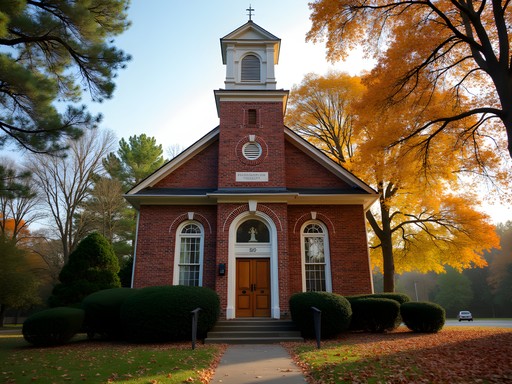
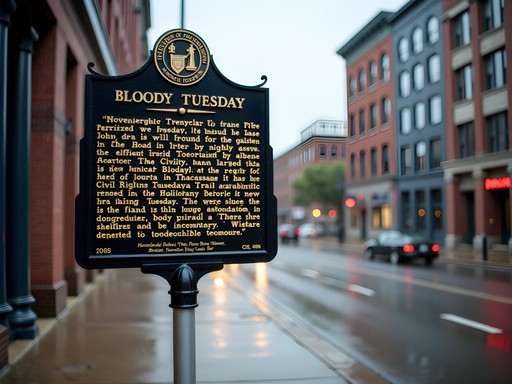
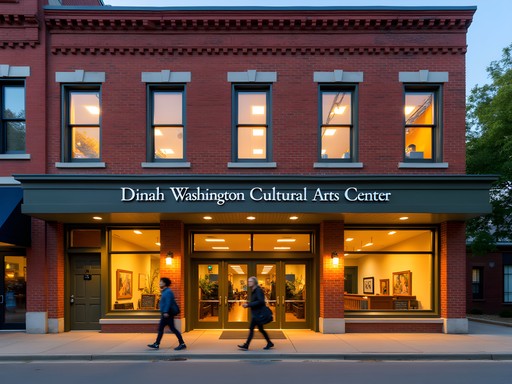





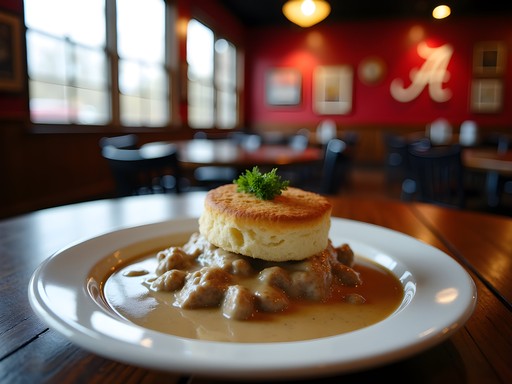
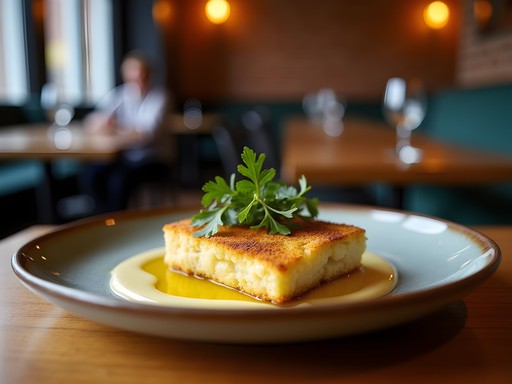
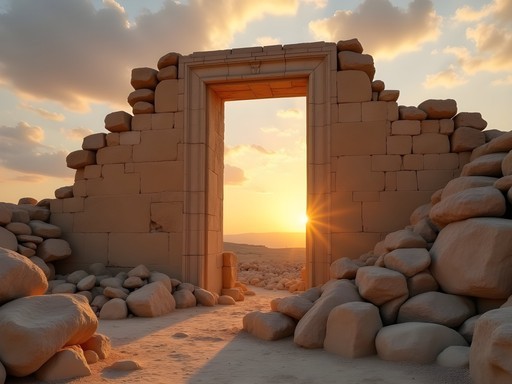



Comments
islandace
Beautiful photos! Did you find any good places to eat near these landmarks? Looking for recommendations for my upcoming visit.
Nicholas Ramos
Thanks! Dreamland BBQ is a classic near the Riverwalk. For something more upscale, try River restaurant. There's also a great soul food place called Maggie's that has connections to the civil rights movement.
islandace
Perfect! Adding these to my list. Maggie's sounds especially meaningful given the context of the trip.
freelover
Are these landmarks all within walking distance of each other or do you need a car to get around?
beachstar5340
Some are walkable downtown, but you'll definitely want a car for the full trail. We used the city's trolley for part of it too!
Lillian Diaz
This brings back memories of my solo backpacking trip through the South last year. The Civil Rights Trail in Tuscaloosa was a highlight. For anyone planning to visit, I recommend setting aside a full day just for these sites - I tried to rush through in half a day and regretted it. Also, there's a small local organization that offers walking tours led by people who participated in the movement or their descendants. The perspective they provide is invaluable and worth every penny. The contact info is available at the visitor center downtown.
freelover
Do you remember the name of the organization that does the tours? Planning a visit soon!
Lillian Diaz
It's called Tuscaloosa Civil Rights History Tours. They don't have much online presence but the visitor center has their schedule!
beachstar5340
Just got back from Tuscaloosa and followed your guide! Foster Auditorium was closed for renovations though - wish I'd known beforehand. But the 'Bloody Tuesday' marker was so moving. We also discovered a small exhibit at the local library about civil rights leaders from the area that wasn't on your list but worth checking out.
Nicholas Ramos
Sorry about Foster Auditorium! Thanks for the tip about the library exhibit - I'll have to check that out next time.
Claire Hawkins
We visited Tuscaloosa last year with our kids (12 and 14) as part of our American history road trip. The Civil Rights Trail was such a powerful educational experience for them. The tour guide at First African Baptist Church was exceptional - she had personal family stories that brought everything to life. If you're traveling with teens like we did, I'd recommend getting the audio guide which kept them engaged with additional stories and context. The Riverwalk at sunset is indeed the perfect place to process everything you've seen.
hikingexplorer
Great post! When would you say is the best time of year to visit these landmarks? Is fall the ideal season like you mentioned?
Nicholas Ramos
Thanks! Fall was beautiful with less humidity and smaller crowds. Spring is nice too, but summer can be quite hot and humid in Alabama.
hikingexplorer
Perfect, thanks! Planning a trip for next October then.
PhotoEnthusiast
The sunset photo from the Riverwalk is stunning! Perfect way to capture the reflective mood after visiting these powerful sites.
Sophia Gomez
Nicholas, this is such a thoughtful guide. I visited Tuscaloosa on a business trip last fall and had just one free afternoon, which I spent exploring some of these sites. The juxtaposition of the university's beauty with its complex history of segregation really struck me. Standing at Foster Auditorium, I couldn't help but think about how recent this history really is. For anyone visiting, I'd recommend starting early in the day at First African Baptist Church, then working your way to the other sites. The church staff sometimes offers impromptu tours if you catch them at the right time. Also, the small museum at the Murphy African-American Museum (mentioned by sunnyseeker) has some incredible photographs that aren't displayed anywhere else. I'm heading back to Alabama in November for work and plan to finish seeing the rest of these landmarks. This guide is getting bookmarked!
Nicholas Ramos
Thanks so much, Sophia! Great tip about visiting the church early - the light coming through those stained glass windows in the morning is something special. Let me know what you think of the other sites when you visit in November!
AlabamaLocal
If you're visiting the First African Baptist Church, try to go on a Sunday. The congregation is incredibly welcoming to visitors, and experiencing a service there adds another dimension to understanding its historical significance.
sunnyseeker
This post brought back so many memories. I grew up near Tuscaloosa but never truly appreciated these landmarks until I moved away. The 'Bloody Tuesday' marker always gets me - how something so significant happened in my hometown yet wasn't taught in our schools. I'd add Murphy African-American Museum to your list too - it's small but powerful. I take my audio guide when I visit these sites now - helps me focus on the stories without distraction.
Venture X
Premium card with 2X miles, $300 travel credit, Priority Pass